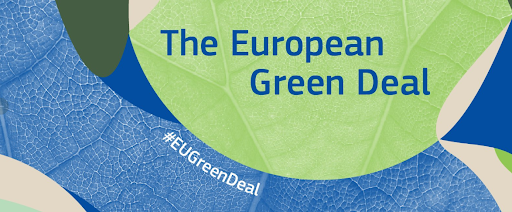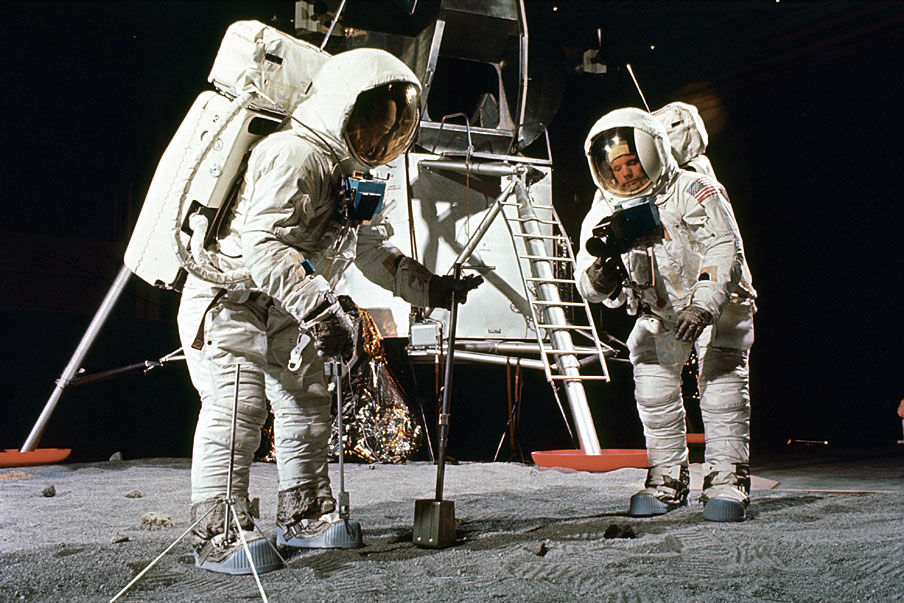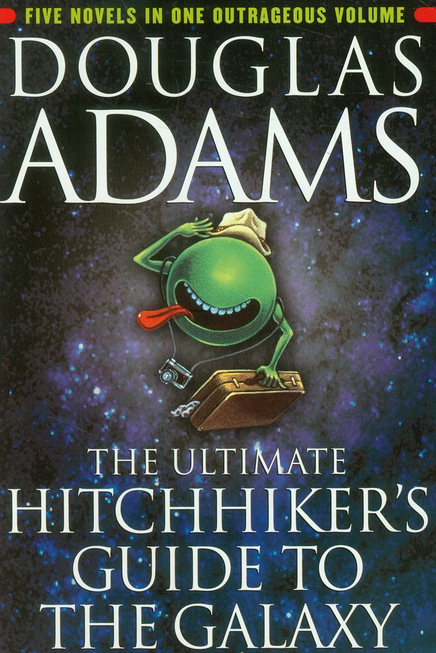The European Green Deal... A polemic
- Science-by-Trianon

- May 24, 2020
- 4 min read
Updated: Jun 12, 2023

Before we go in medias res…
We do not oppose the deal’s aims and objective themselves (on the contrary!), and when called upon We'd do our best to accelerate its success.
It is a great opportunity for Europe to act on its ecological transition and its successful implementation will bring Europe upfront on so many levels…
We merely wish to express our doubts regarding its success chances, if nothing changes…Anyhow, here goes…
Is Ursula von der Leyen the right person to lead its implementation?

Some six months ago, the German Ursula von der Leyen, has become President of the European Commission.
For those who are not familiar with her vita, here are two major points:
In her position of Minister of Family Affairs, Senior Citizens, Women and Youth she wanted to re-introduce censorship in Germany.
During her time as Minister of Defence she was faced with numerous problems such as a blatant and shameful technical insufficiency of the German army as well as spiralling costs for dubious external advisors appearing to milk the Ministry for Defence for every cent it’s got.
What she has achieved in her time is the introduction of crèches/kindergardens for the army so as to make the army a more appealing employer.Yet her rise has continued and brought her to one of the most powerful and important positions there are.
It seems it was always thought best to promote her to consecutively higher positions where she couldn’t do as much damage any more.
Now she has proclaimed The European Green Deal and it has attracted significant media attention.
What is the European Green deal?

The deal’s primary objective is to make Europe climate neutral by 2050 and it entails spending of one trillion Euros.
Facetious as we are we think that given this sort of time-frame and budget even the EU — notoriously inefficient and hampered by its structure and the diverging interests of its members — should manage that.
With numbers like ‘one trillion Euros’ the media hoo-ha is hardly surprising.
Add to that statements like
“This will be Europe’s ‘Man on the moon’ moment”
and the media sensation is perfect.

As is not uncommon in such cases, the relative amounts of hype and substance will have as yet to become clear.
The ‘Man on the moon’ moment claim, however, is doomed from the start, simply on grounds of that even if Europe should achieve this goal it would simply not be as captivating as the pictures of Armstrong and Aldrin on the moon — reaching climate neutrality, while undoubtedly a noble and pressing cause, is simply too intangible for people to grasp.

Image by Gerd Altmann from Pixabay
What would the media equivalent be? Detonating explosives in the remains of the last coal-fired power station somewhere in the Romanian hinterland? That would hardly pack the same punch.
Or would it be the then President of the European Commission (or whatever the title may be 30 years from now) appearing in a TV-show asking a giant super-AI quantum computer to confirm that Europe has reached its goal (akin to Deep Thought proclaiming his findings with respect to the ultimate question of life, the universe, and everything in Douglas Adams’ “The hitchhiker’s guide to the galaxy”)?

But I digress.
Let’s take a look at the actual contents of the Green Deal.
In fact, there are three ‘green deals’.
The first ones to come up with a green deal were, of course, the Americans.

Taking their inspirations from Franklin D. Roosevelt’s New Deal from the 1930s they drew up plans for a big public spending program which aimed, amongst other measures, at 100% renewable and clean energy by the year 2030.
In 2012 the UK launched their ‘Green Deal’, a funding scheme aimed at improving the energy efficiency of buildings.
This scheme ran for three years before it was scrapped by a newly elected government and has not been replaced by another scheme since.
Due to its limited scope compared to the (potential) US and the European Green Deals, the UK Green Deal simply does not belong in the same drawer.This brings us to the current situation and the realisation that
there is, in fact, only one Green Deal and that is the European Green Deal.
The European Green Deal in short

von der Leyen’s General-in-Chief for the Green Deal is Frans Timmermans.

A smart mobility & energy strategy (reducing CO2 output),
A forestation plan (increasing CO2 uptake and fostering biodiversity),
A farm-to-fork strategy (also fostering biodiversity and reducing eutrophication),
Carbon tariffs (having to pay for the CO2 that’s still produced), A circular economy plan (increasing re- and upcycling) and
lots of ‘policy reviews’.
The controversy
And before the deal could really take off it is already surrounded in much controversy.
It has transpired that ExxonMobil had significant influence on the deal and used it to downplay measures directed against CO2 emissions.
On the other end of the spectrum, scores of environmental groups have criticised the European Green Deal as not ambitious enough by miles.
while
Eastern European countries who depend primarily on coal for their energy needs threaten quite openly to leave the EU because they see the European Green Deal as a further attack on their national sovereignty.
Taking all this together it looks like a typical Ursula von der Leyen effort rather than serious environmental policy. But where can she go now?





Comments